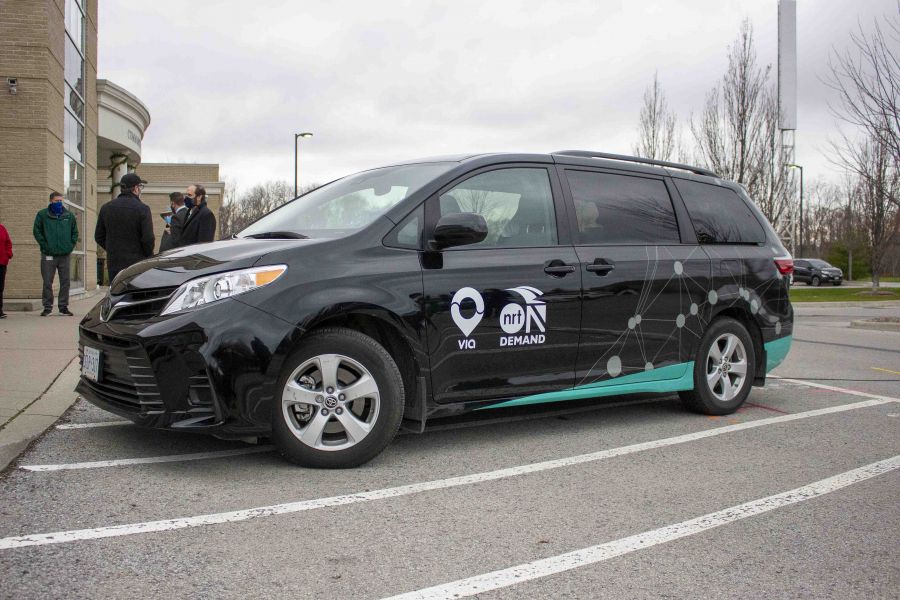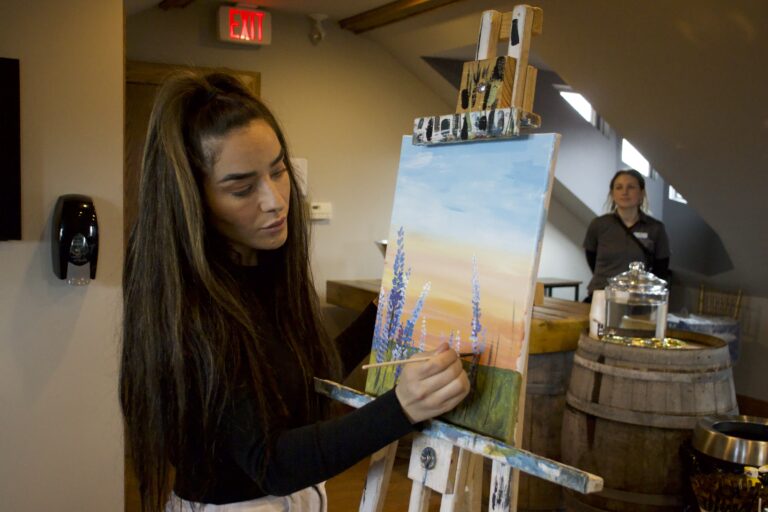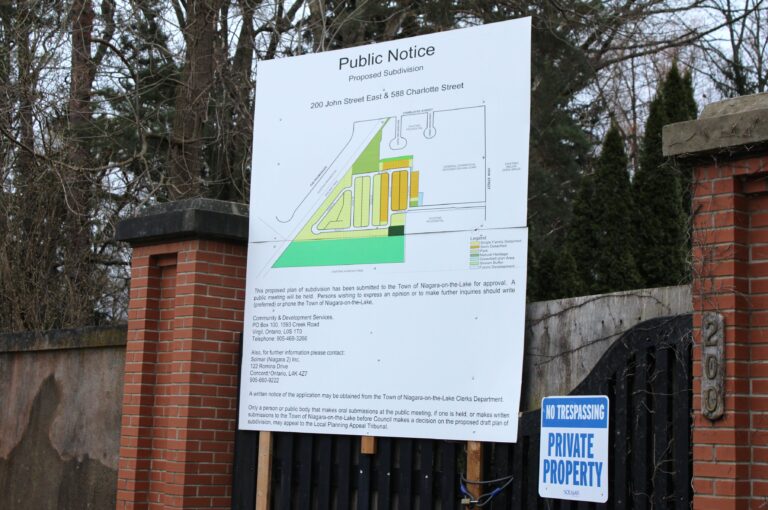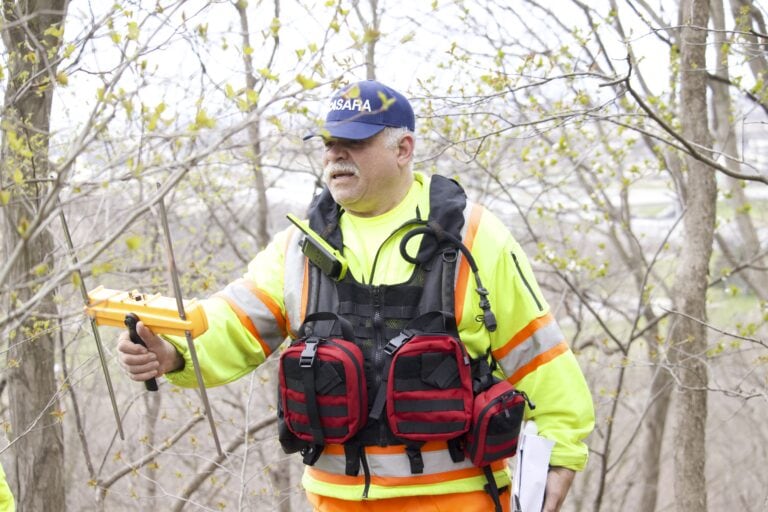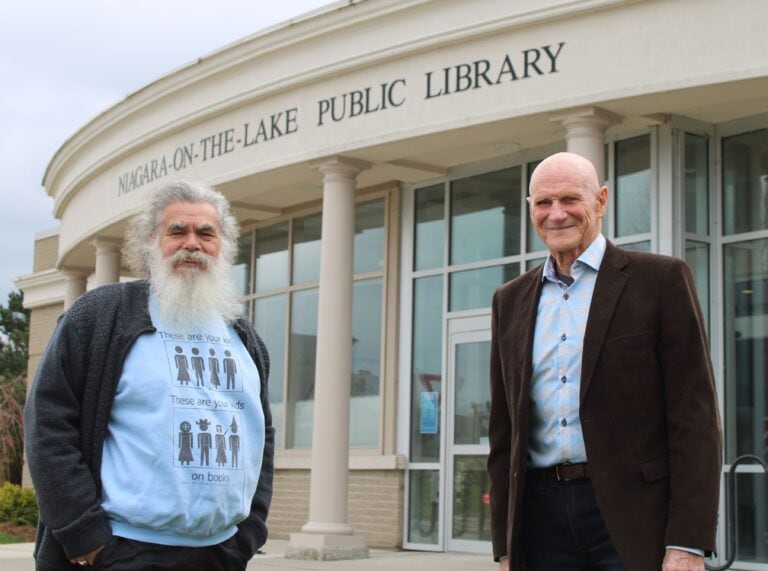Riders want service expanded to all of NOTL and connect with regional transit
Fatima Baig
Special to Niagara Now/The Lake Report
Ridership on Niagara-on-the-Lake's new transit system appears to be on the rise but the on-demand service has not been hugely popular to date.
In its four months of operation, NRT OnDemand has given 348 rides. However, an information report to council says March ridership saw a 109 per cent increase compared to its first month operating last December and a 40 per cent increase over February.
Lord Mayor Betty Disero attributes the slow growth in ridership to the COVID-19 pandemic.
“We're in a pandemic. People are being encouraged to stay at home and only go out when they absolutely need to. So I think people are cautious and are following the recommendation from the province,” said Disero.
However, with the warmer weather approaching and the availability of vaccines, she suspects there will be an increase in ridership.
Robert Salewytsch, transit services program manager for the Region of Niagara, said residents have requested changes to the service, such as expanding the route, which currently only services parts of Glendale, Virgil and Old Town, and doesn't connect with other regional transit systems.
Disero also said she's heard similar concerns.
“One of the comments I've heard is that they would like it to be expanded so they could go from Old Town to Queenston or from St. Davids down to Virgil.”
According to Disero, the system wanted to continue with the original route until officials could assess how well it was working.
“We weren’t prepared to do that until we found it was going to work,” Disero said, adding expansion will be considered in the fall when budget discussions are held.
Treasurer Kyle Freeborn said the town is paying $708,000 for NRT OnDemand transit and $175,000 for the heritage shuttle. To expand the service to Queenston and St. Davids would cost additional $235,000 to cover two additional vehicles, he said.
In 2020, the cost of the previous transit service was $500,000 and $175,000 for the heritage shuttle.
Disero said the response from NOTL residents about the new service has been mostly positive, with people saying they like the service and find it convenient.
“We have had a couple of calls from people who have a couple of concerns. I think they were dropped off in locations not exactly where they want to go but on the corner,” she said.
Rosemary Maryschak has used the NRT OnDemand transit system “six or seven times” and is one of the many riders who would like NRT drivers to pick and drop her off in the exact location instead of at the corner.
In December, Maryschak said she requested a ride to Valu-mart in Virgil and wasn't able to be dropped off in the parking lot, or picked up with her groceries. Instead, she was dropped off next door at the LCBO.
She said she called the driver to tell him she had “10 bags” of groceries, “but he would not come to the parking lot in Valu-mart.”
On another trip, Maryschak said the driver wasn't wearing a mask. She said her daughter emailed NRT about the incident and didn't receive a response.
Salewytsch said that while passengers must wear masks, the transit system's policy does not require drivers to wear one while operating an NRT OnDemand vehicle. There is a partition between the driver and the passengers to protect both.
Catherine Starrs said she first used NRT OnDemand last December and found herself stranded in Old Town.
“I was stranded down at Court House and used the app to have the bus to pick me up. Two hours later I was still waiting on my ride and the GPS was down. Also, my phone went down trying to figure out where the bus was,” said Starrs.
She was able to contact her daughter to pick her up.
The average wait time for a ride was 12 minutes and 39 seconds, according to a town report.
Starrs said she preferred the original transit system, which connected to other regional transit systems.
“The old system you could plan your day and were guaranteed your connection for the regional buses. I was a regular user of our local bus and regional bus. When the council took away the regular system, they have taken away our independence and social contact with other people,” she said.
Whether the NRT OnDemand pilot project will continue past one year or become permanent is yet to be determined.
“We will have those discussions in the future when we go through our budget deliberation to see what impact it’s been to the community, the cost to the community and the usage, but we are not at the point yet,” said Disero.
She said she will watch for “an upward trend in usage as we go through this slow reopening.”
About 38 per cent of riders paid for trips through the mobile application or by calling in, while another 34 per cent of riders used passes purchased at the community centre or town hall.
“The remainder of rides was composed of promotional rides, transfers from outside the municipality and the Brock University U-Pass system,” the report said.
A total of 109 users rated their experience, with 99 per cent of those users giving a five out of five rating, the report says.



